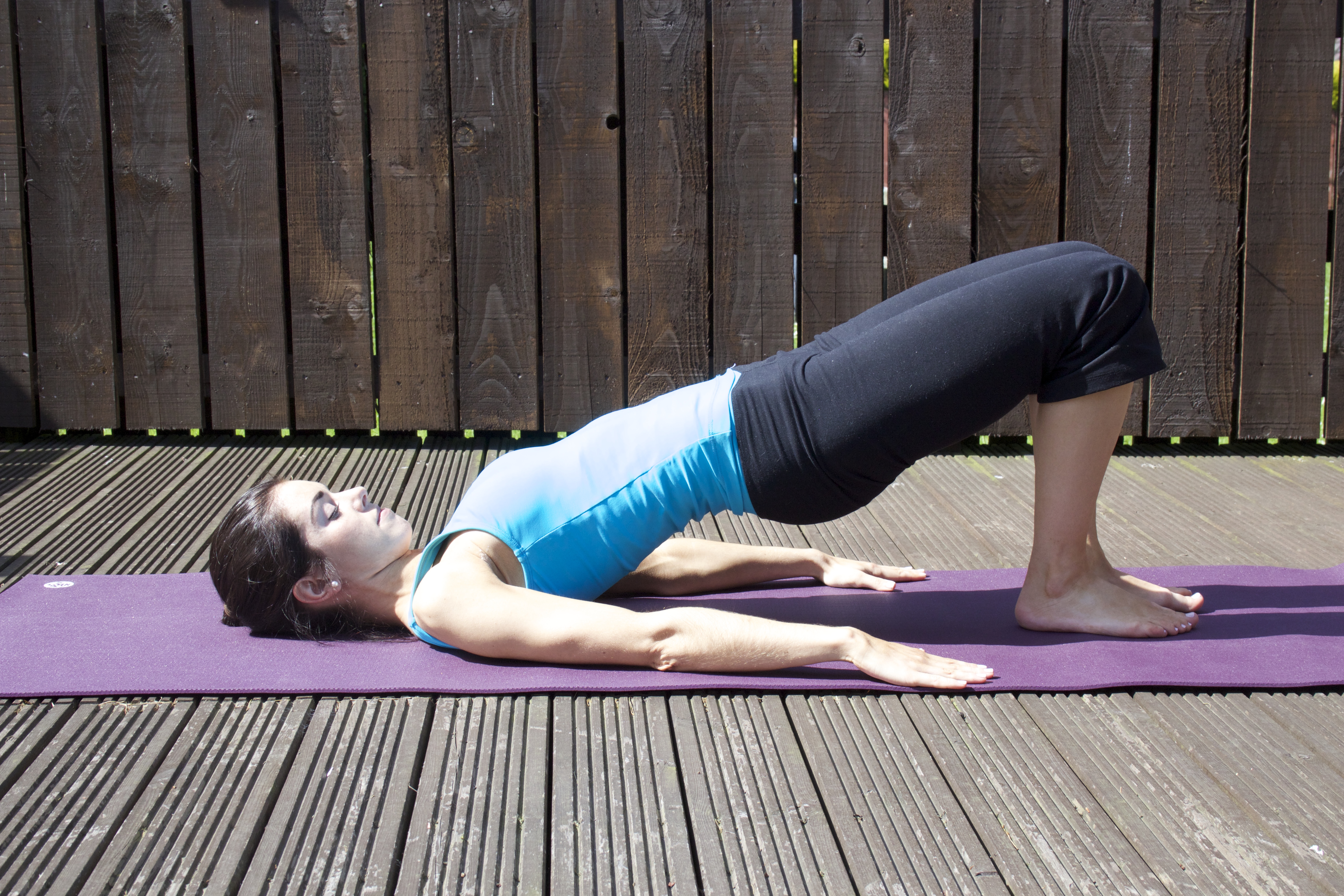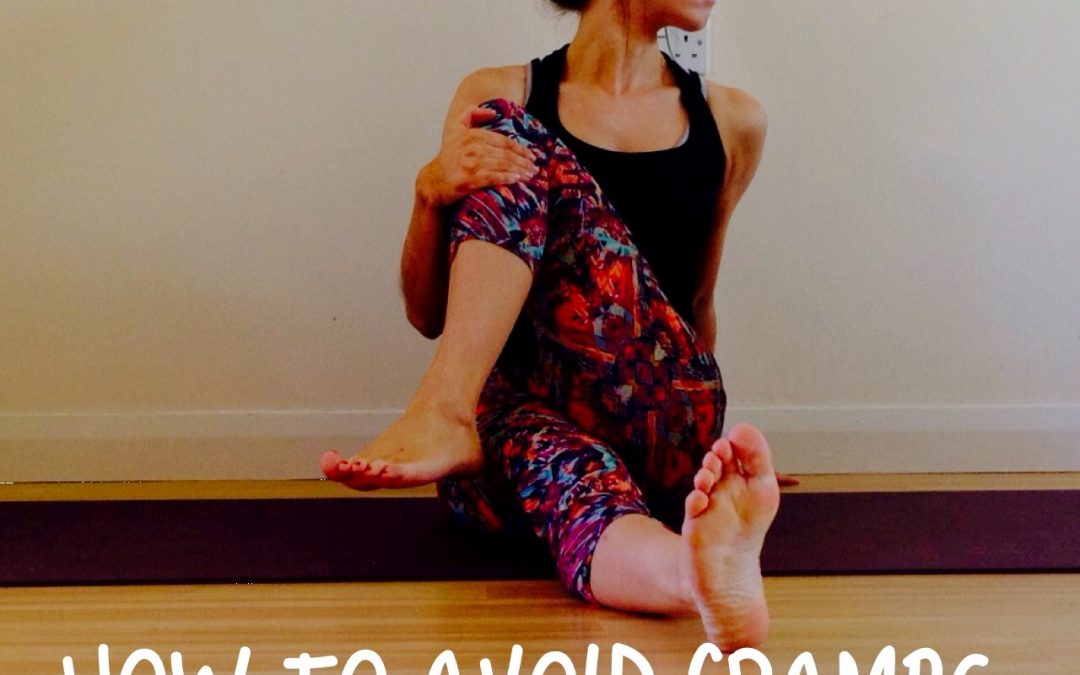 With all the New Year health kicks starting off this month we will find many people taking up new sports, gym memberships and activities; or those who are already in a training plan may be pushing harder than normal. The most common, inconvenient, and often debilitating aspect of these new regimes is muscle cramps. Muscle cramps can occur any time, any place, at any part of your training.
With all the New Year health kicks starting off this month we will find many people taking up new sports, gym memberships and activities; or those who are already in a training plan may be pushing harder than normal. The most common, inconvenient, and often debilitating aspect of these new regimes is muscle cramps. Muscle cramps can occur any time, any place, at any part of your training.
Muscle cramps can occur for a wide range of reasons:
Lack of hydration or electrolyte minerals (calcium, magnesium, sodium, potassium)
Lack of training or conditioning of the muscles being used
A sudden increase in training or intensity
Reduced rest period between exercise= muscle fatigue
Previous injury, or previous cramp onset
What happens when a muscle cramps?
There is a problem between the electrical stimulation of the muscle fibres, where normally there is a mechanism of balance between the muscles contracting and relaxing. However, when this mechanism becomes impaired the muscle fibres become over-excited and remain contracted, eventually causing one big contraction.
 The most common muscle groups to get cramp are the calves, hamstrings and quadriceps. The Bridge exercise is the most common Pilates exercise my pupils suffer with, because it works all three of these muscle groups in one intense pose. Try this Quick Bridge Pose Workout to build endurance and condition your muscles to prevent getting cramp in future.
The most common muscle groups to get cramp are the calves, hamstrings and quadriceps. The Bridge exercise is the most common Pilates exercise my pupils suffer with, because it works all three of these muscle groups in one intense pose. Try this Quick Bridge Pose Workout to build endurance and condition your muscles to prevent getting cramp in future.
How can we reduce this risk/prevent muscle cramp?
There is no one answer, nor a correct answer here, only suggestions as every person’s body may produce cramp for a different reason and the circumstances may vary greatly. The real key is from taking note of what exercise you are regularly getting cramp from and what the circumstances are. Then implement the options below to fit.
1. Ensure you are adequately hydrated prior to, and during exercise.
2. Maintain a balanced diet of the required electrolyte minerals. For example brown breads, rice and cereals, as well as pasta, potatoes, and bananas give you your carbohydrate intake. Magnesium can be sought from brown breads and rice, nuts, beans, lentils and green leafy vegetables.
3. Prolonged stretching of up to 30 seconds per muscle. This will lengthen the muscle and alter the reflex activity to dampen down the excitation and desire to contract further. A good warm up should occur prior to any deep stretching, and always ease in to the stretches carefully. Warming up followed by stretching of the major muscle groups you will use in your activity should be an essential part of your routine.
Try these hamstring stretches, hip opening stretches, and stretches for the lower back and hips prior to your next session. These muscle groups are often the primary culprits for getting cramp. Hold each position for 15-30 seconds and repeat on both sides where necessary.
4. Have a sports massage now and again. This can lengthen deeper muscle tissue more than stretching may get to alone. Your therapist may also find the tight spots you miss and could recommend which areas to focus on. Massage also helps eliminate the build up of nasty metabolites from exercising.


